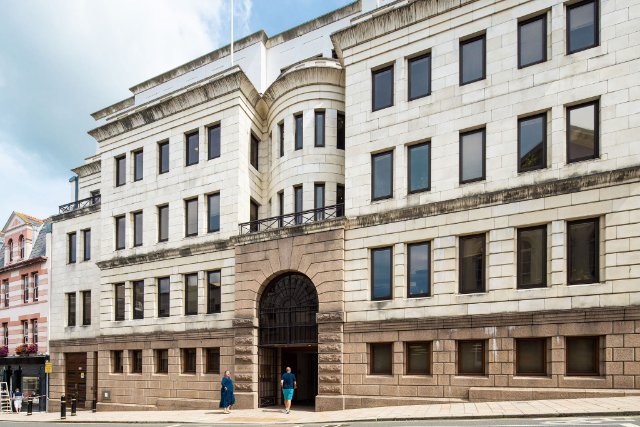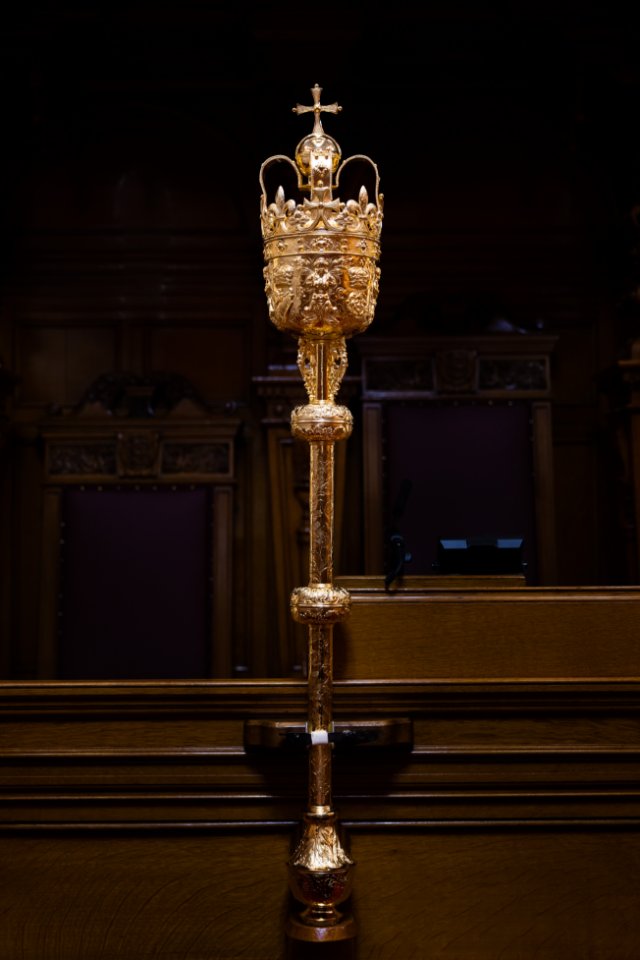.jpg?width=1280) The States Chamber opened on 21 June 1887, the 50th anniversary of Queen Victoria’s accession to the throne.
The States Chamber opened on 21 June 1887, the 50th anniversary of Queen Victoria’s accession to the throne.
Until the late 19th Century, the States Assembly shared facilities with the Royal Court, which had been housed on the site of the Royal Square since the 12th Century.
In 1867, a proposition was first lodged to establish a room for meetings of the States Assembly to take place above the strong-rooms being constructed to the east of the Royal Court House. It was only in 1885, however, that the States Assembly adopted a plan prepared by the Architects Messrs Ancell and Orange.



